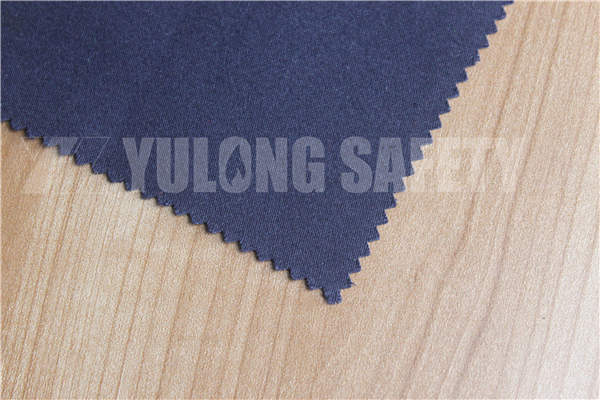


Textile test method for anti-UV is complete nowadays in the international. Australia and New Zealand pay more attentions to the harmful of UV light because of the well-know ozone hole. They firstly formulated the test method(AS/NZS 4399-1996) in the year of 1996. Hereafter, BS, AATCC, EN and ISO pushed out relevant standards or draft standards.
China referred to EN standard PRENl3758 “Textile Anti UV Protective Properties” and formulated national standard GB/T188 30-2002 “Textile Anti UV Property Assessment”.
The fundamental of GB/T18830-2002 is using the single color or multicolor UV light sample to test the transmittance of the spectrum and calculate sample UPF value. Machine adopts the parallel beam to irradiate the light, using an integrating sphere to collect all transmission ray; and it also can adopt the ray hemisphere to irradiate the sample to collect the parallel transmission ray. The UPF value is the protective coefficient of UV. It is a specific value of UV light average effect when skin do not have protection and UV light average effect when skin have textile protection.
UPF is the index of textile UV protection in the international. The higher of UPF value, the better of anti-ultraviolet. Because there is no stipulation for conditions of usage, UPF value can be used to evaluate different textile UV property. The standard brings in the transmittance T(λ), which is, the proportion of transmission radiation flux to incidence radiation flux when the wave length is λ.
This standard stipulates: only when textile measured by this standard conditions, the UPF value of sample bigger than 30 and when the transmittance wave length is between 315nm-400nm and arithmetic mean value less than 5%, it will be called anti UV products.
PREVIOUS POSTHow to Show The Power of Uniform Manufacturer?
PREVIOUS POSTHow to Identify Plain, Twill and Satin?